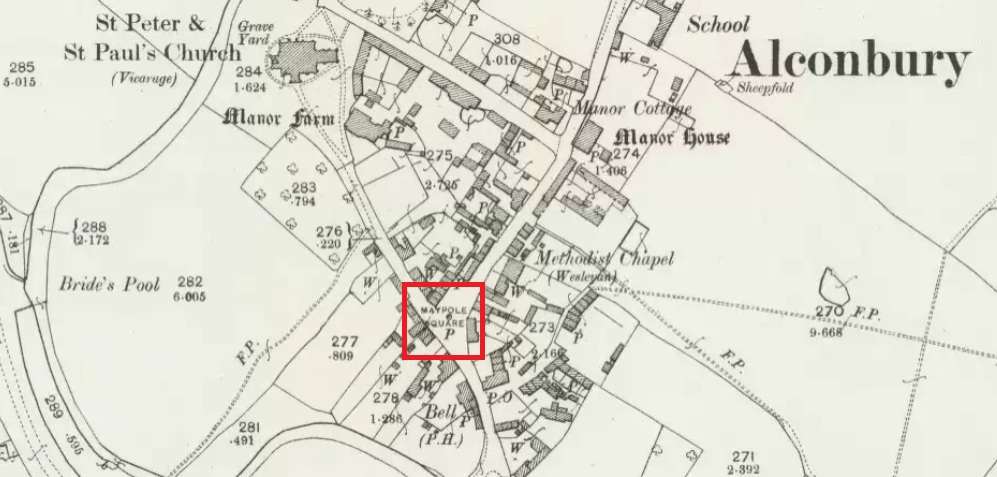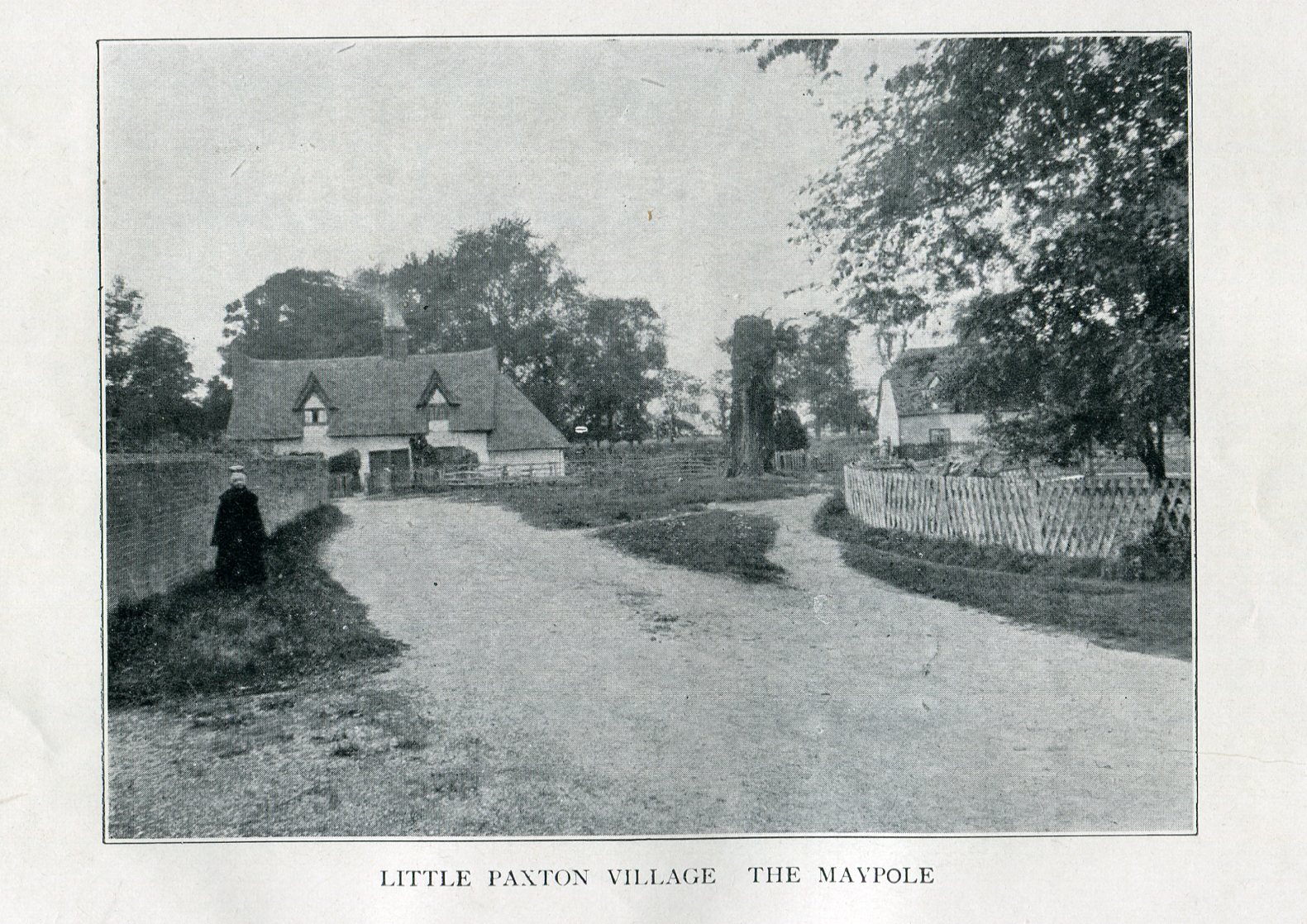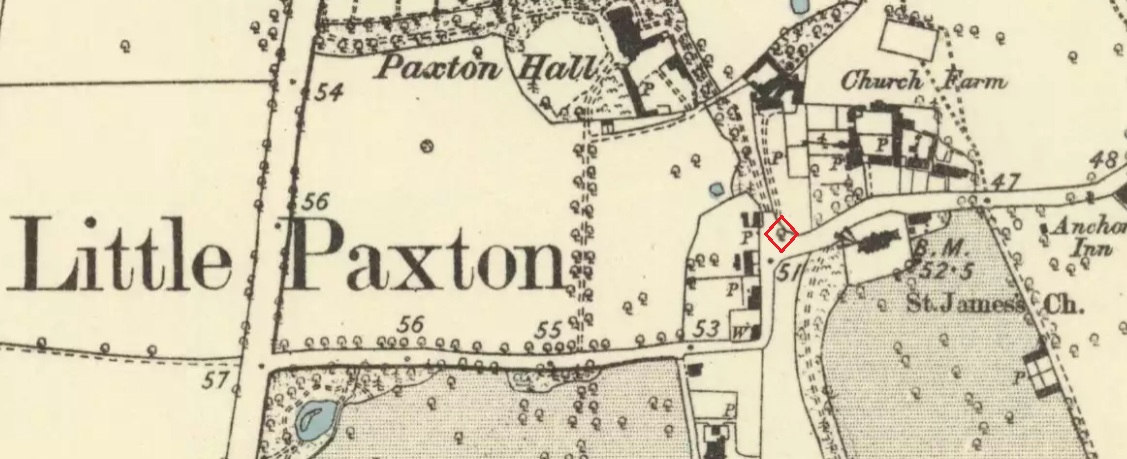Healing Well: OS Grid Reference – TL 3381 6300
Also Known as:
- Red Well
If you wish to find it park the car at the church and follow the footpath beside the church and after crossing the stream and style turn right and continue along the woods passing the information centre (where a wooden box holds maps) and then after a few feet one reaches a small clearing and a path leads to the right into the woods. Take this and this will lead to the well.
Archaeology & History
The origin of the name ‘Knapwell’ is unclear: Cnapa may be the name of the first settler, or simply ‘boy’ ‘moneylender’ or even ‘mound’ referring to the earthworks to the end of the present village. The site is doubtless ancient and probably pre-Christian origin. Interestingly, one wonders whether the boy meaning is the correct one considering another Cambridgeshire site, the Barnwell on the outskirts of Cambridge has the same suggested origin. It may suggest that the local tribes here perhaps washed their infants in its water in a ritual fashion. There is some evidence of wells associated with ritual washing in other locales so it is possible. Knapwell is first mentioned in a will by A.D. 1000, and the settlement is noted in the Domesday Book of 1086 as Chenewelle, being held by Abbot of St Benedict of Ramsey. However, this was the estate not the well so nothing should be implied from Ramsey Abbey’s ownership.
The spring produces copious but sluggish red water and is protected by a red brick domed or arched well house similar to those of Holywell and Longstanton. When I visited the well is in fear of collapsing, and had deteriorated over a number of years, but recent pictures suggest it is in better condition.
Folklore
The well was the sole source of freshwater for both Boxgrove and Knapwell parishes and footpaths still lead from both communities to the well. Knapwell was also known as Little Wellesworth indicating the importance of this and The Victoria County History notes for Knapwell:
‘..named from the chalybeate Red Well, supposedly medicinal, in Boxworth Wood just east of the village.’
Like many Chalybeate springs, healing traditions are attached to it but curiously no details are recorded.
The water was well thought of well into the 20th century, for the Parish guidebook, KNAPWELL VILLAGE And The Parish Church of All Saints (1978) notes:
“Within living memory a drinking cup used to hang on the small brick arch over the spot where the spring rises.”
Copyright © Pixyledpublications
Re-posted from the following blog
Forthcoming from Holy Wells and healing springs of Huntingdonshire


